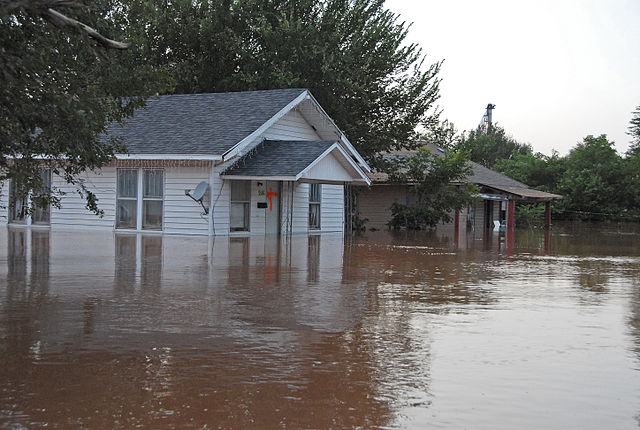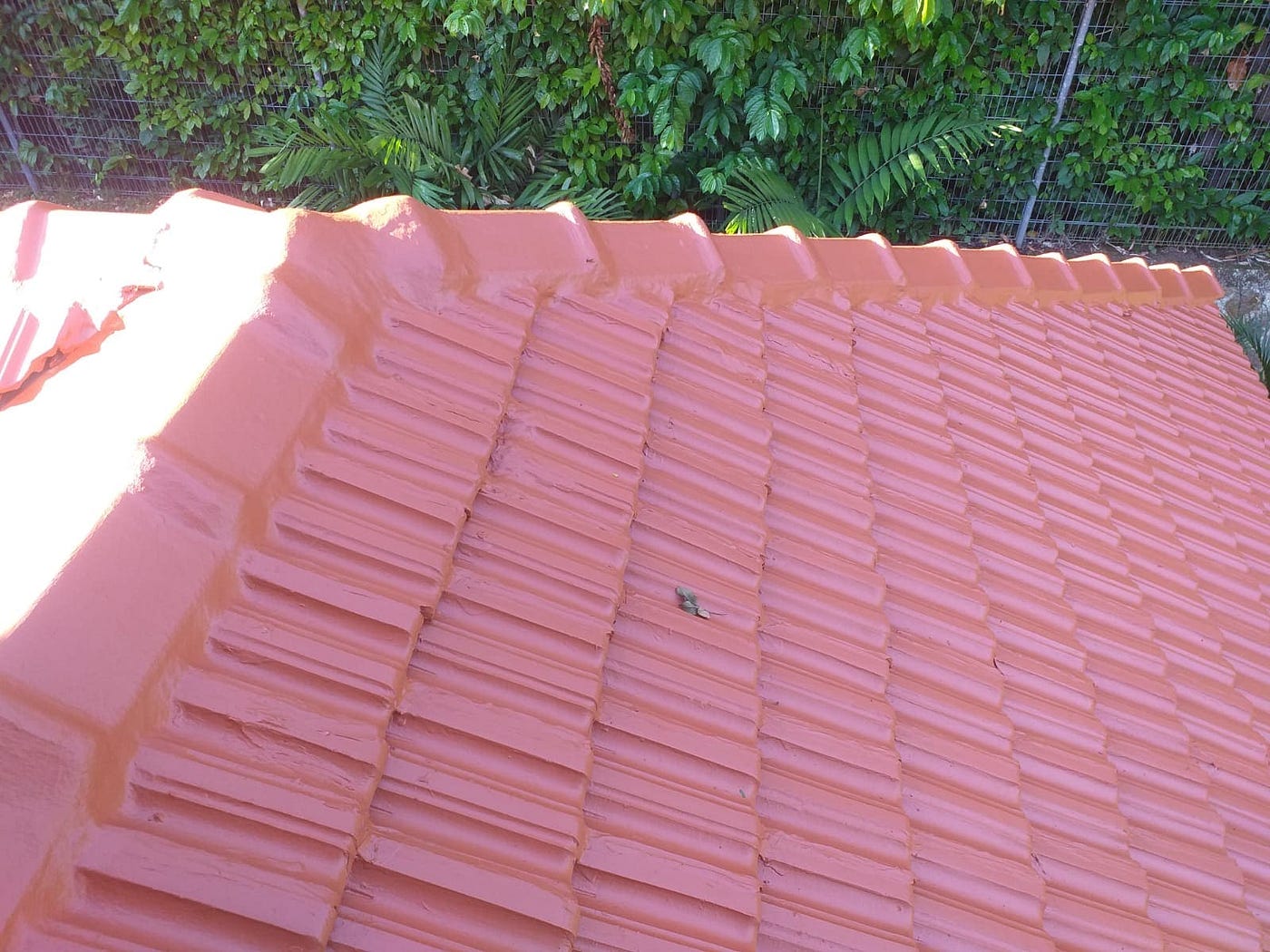The Do’s And Don’ts Of Flood Preparation

The most important stage for protecting yourself and property from a flood is the preparation stage. One misstep in the preparation process can cause not only a huge hit to your finances but also your emotional well-being. It is important to be well-versed on how to be prepared for a flood because they occur a lot more often than you would think. Floods are actually among the most common natural disasters in Canada.
There are so many preventable mistakes that occur when preparing for a flood. These three “Do’s” and “Don’ts” provide an outline of the most common mistakes and most helpful tips to protect yourself from a flood.
Table of Contents
1) Do: Form a Plan as Soon as Possible
When a flood warning is issued, many people panic, running to stores and trying to find shelter and evacuation routes last minute. This creates large, alarmed crowds that could potentially be dangerous and prevent people from getting out of the flood zone in time. Having a plan at all times for a potential flood is key to being adequately prepared. This eliminates this panic and allows you to protect yourself, family and belongings in the most efficient way possible. Your plan should include stuff like evacuation routes and how you will secure your property.
Check out these guides for more details on what to include in your plan:
2) Don’t: Underestimate Floods
One of the biggest mistakes people make is not taking a flood seriously. Many people have the attitude of “it’s just a little water” but in reality, floods can have very detrimental effects. For example, as little as two feet of water can completely whisk a car away. It is also said that 12 inches of water damage to a 2,000-square foot home could cost more than $50,000 to fix. As you can see by these statistics, it is obvious that you should be prepared for a flood even if it doesn’t seem that serious. “Just a little water” can cause very costly damages.

Many people also wait till it’s too late to evacuate from the area. It is important to be attentive to the news and follow all precautions your local government puts into place. If there is a mandatory evacuation, follow it and do not wait. Officials put these orders in place to save lives. It is important to take them seriously.
3) Do: Utilize Flood Kits and Flood Barriers
Creating a flood kit is super important to truly be prepared for a flood. As mentioned before, when a flood warning occurs, many people start to freak out and run to the store for flashlights, batteries, water and other supplies that might not be able to be obtained during a flood. To bypass all of this panic and confusion, it is smart to have necessary supplies already on hand. A flood kit should include stuff like water, non-perishable food, flash lights and extra batteries.
Click here to see an extended list of what to include in a flood kit.
A physical flood barrier is also a good idea to look into for your home or business. Today’s scientists have birthed some groundbreaking, efficient physical flood barriers like self-expanding sandbags, collapsable walls and electronically signalled barriers.





